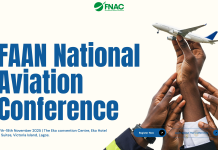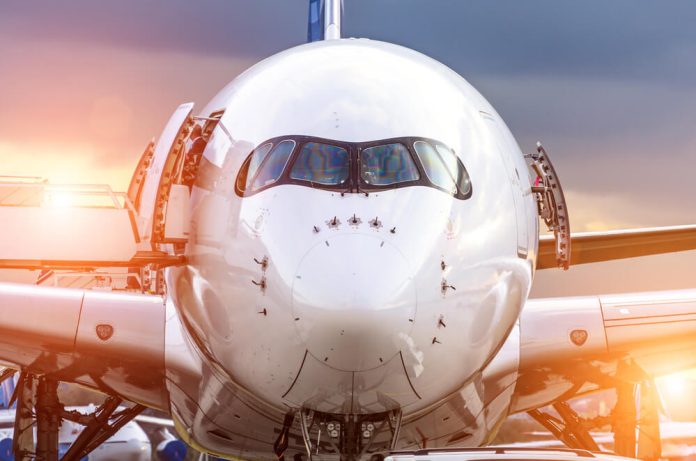Nigeria, Ethiopia, South Africa, Morocco, Egypt, Kenya, Rwanda, and Ghana are driving unprecedented aviation expansion, with Boeing and Airbus competing for dominance in these rapidly growing markets.
According to Travel and Tour World, Boeing and Airbus are focusing heavily on Africa and the Middle East, anticipating significant aircraft demand in the coming decades. Airbus projects the Middle East’s fleet to more than double by 2043, making it the third-fastest-growing aviation market after China and the Asia-Pacific. Boeing, meanwhile, forecasts that African airlines’ commercial fleet will double by 2043, fueled by rising demand and population growth.
Africa’s aviation market is expected to receive over 800 new single-aisle jets between 2024 and 2043, placing it third globally in aircraft demand. Boeing’s long-term market forecast highlights this expansion, with key growth markets including Nigeria, Ethiopia, South Africa, Morocco, Egypt, Kenya, Rwanda, and Ghana.
In the Middle East, Airbus projects a demand for 3,740 new aircraft by 2043, including 2,160 single-aisle jets, potentially expanding the region’s fleet by 150% to nearly 3,500 aircraft. The Middle East’s strategic location, booming tourism, infrastructure investment, and the rise of low-cost carriers contribute to its rapid aviation growth.
However, challenges such as aircraft delivery delays, limited engine availability, and workforce shortages could slow growth. Airbus estimates the Middle East will need over 225,000 new aviation workers by 2043, including 55,000 pilots, 30,000 technicians, and 121,000 cabin crew members.
Additionally, the Middle East’s aviation services market is projected to grow at 5% annually, increasing from $14 billion in 2023 to $32 billion by 2043. These trends indicate a promising future for both Africa and the Middle East as aviation powerhouses.













